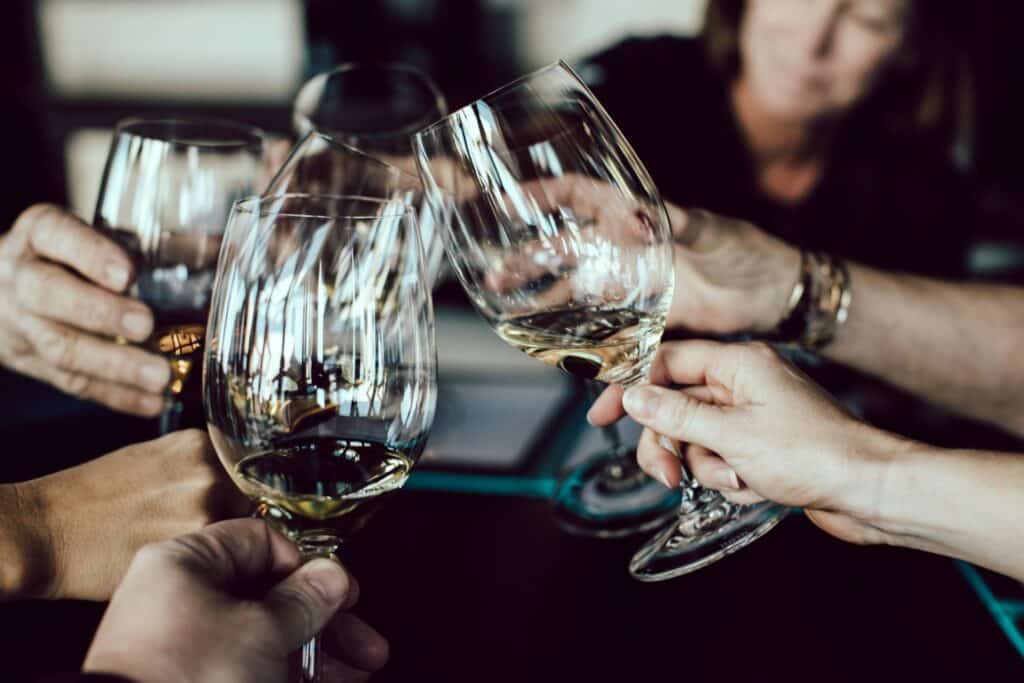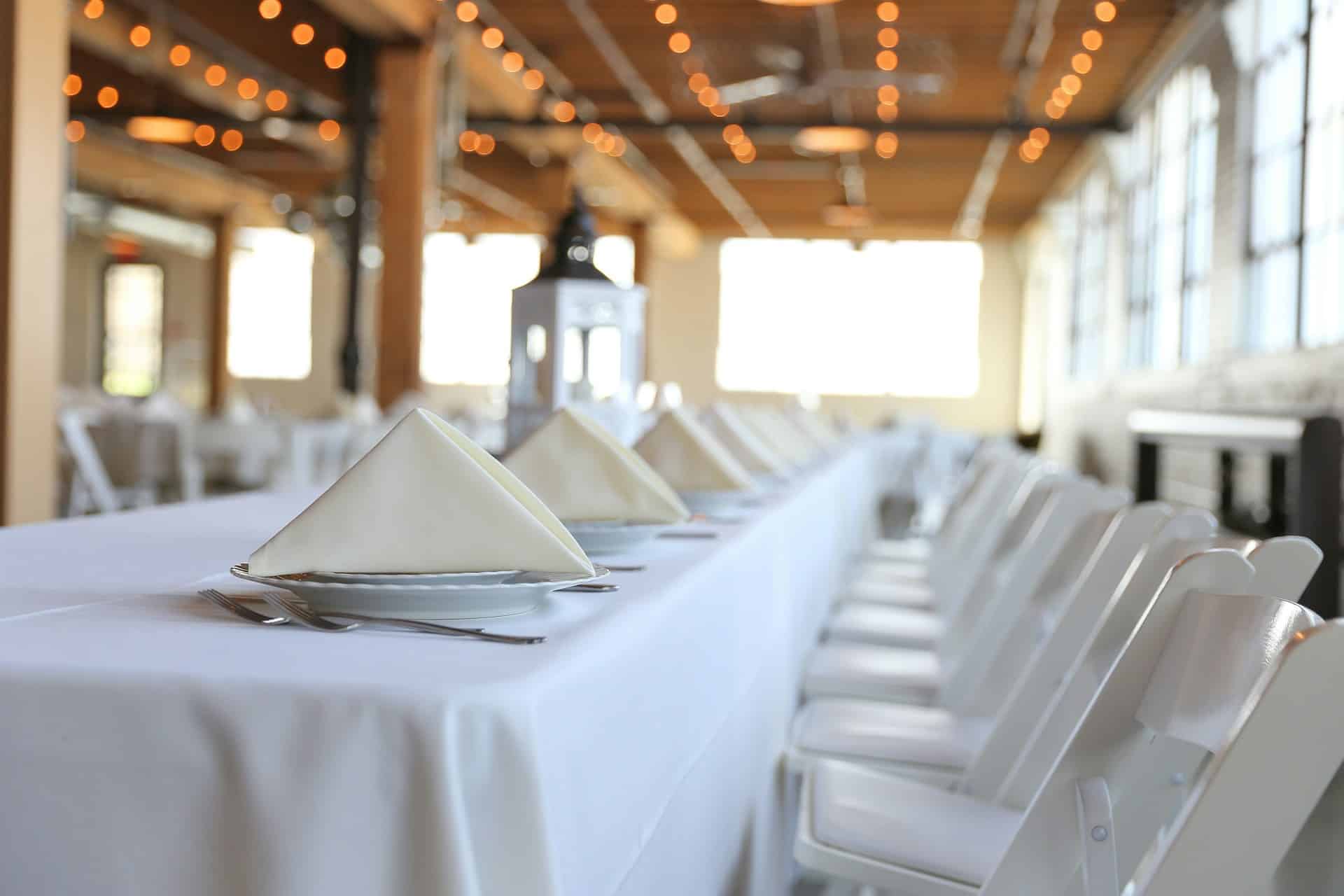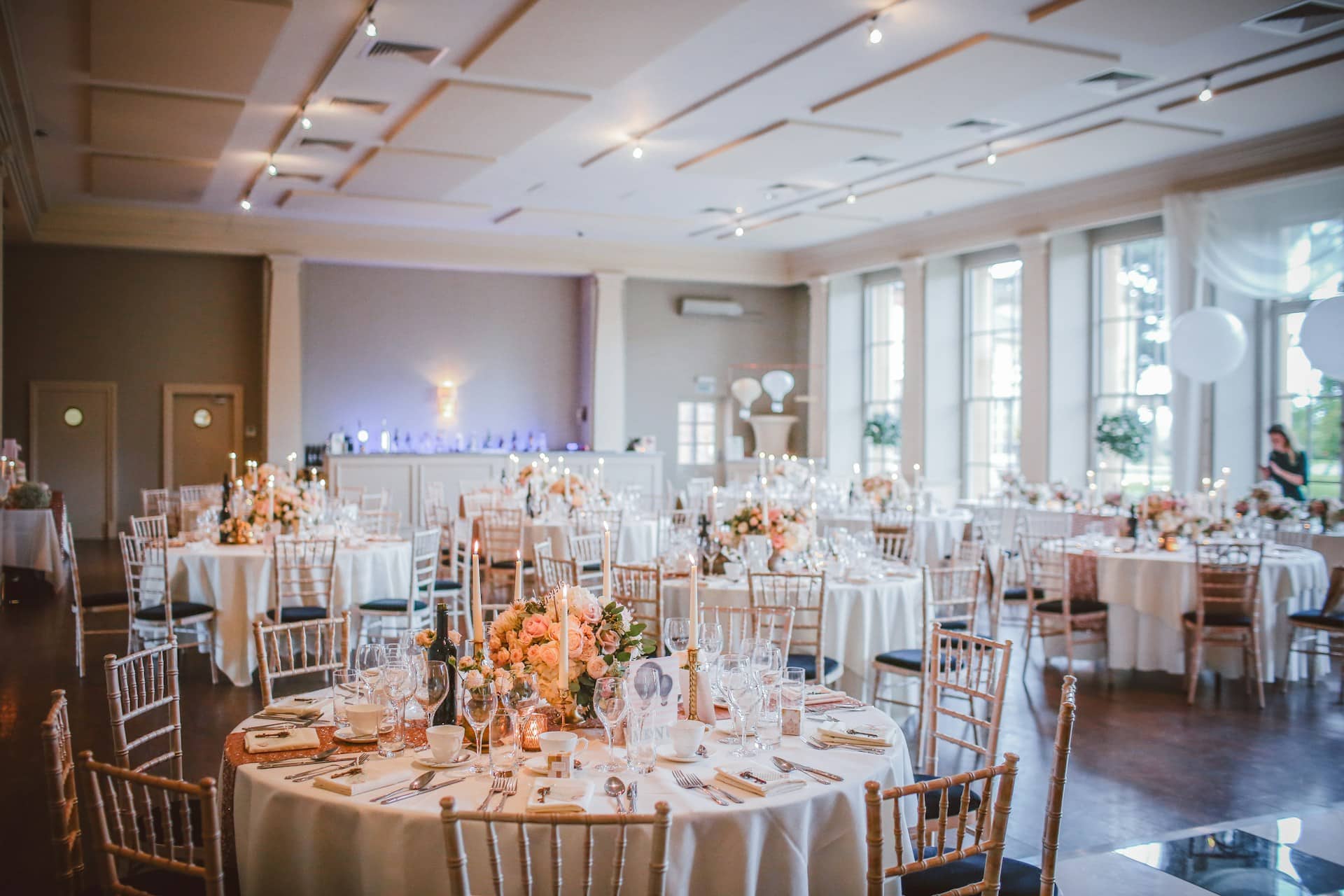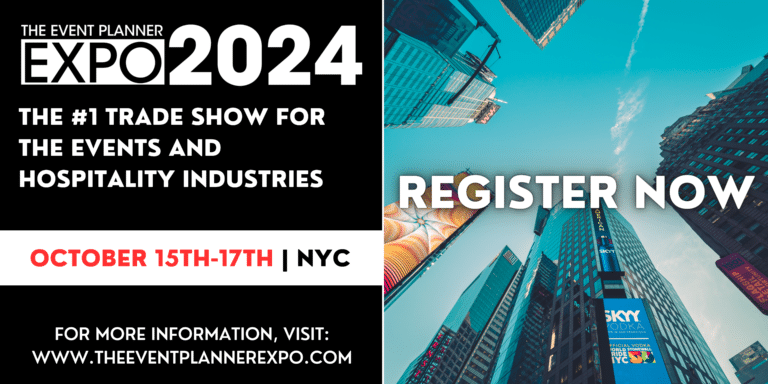Pop-up events are temporary, unexpected events that take place in unique spaces. Planning pop-up events have become increasingly popular in recent years as they offer a way to create memorable experiences, generate buzz, and reach new audiences. Additionally, these corporate events can be organized for various purposes, such as marketing, entertainment, education, or social impact.
Planning a successful NYC event is not an easy task. It requires a clear strategy, a creative vision, and much coordination. This article will explore the rise of pop-up events, the benefits and challenges they pose, and the best practices for creating and managing them.
In this comprehensive guide, we journey through the fascinating realm of pop-up events. Moreover, we’ll unravel the secrets behind their allure and offer insights into the intricacies of planning and executing these transient spectacles.
Unveiling the Effectiveness of Pop-Up Events
Pop-up events are the vibrant darlings of the experiential marketing world. Moreover, they have been weaving their magic across cities and communities, leaving an indelible mark on the event landscape. These spontaneous and ephemeral gatherings have gained immense popularity for their unique charm. Additionally, they inject an element of surprise and excitement into the mundane routines of modern life.
Pop-up events, by definition, are temporary events or gatherings that materialize in unexpected locations, captivating audiences with their ephemeral nature. The event’s appeal lies in surprise and exclusivity, drawing people into an experience that emerges briefly before disappearing, creating a sense of urgency and excitement.
The effectiveness of pop-up events lies in their versatility – they can be anything from a gourmet food fair to an art installation or a flash fashion show. The key is to align the concept with the corporate brand or message, ensuring a seamless integration that captivates and engages attendees.
Conceptualization: Crafting the Narrative
The foundation of a successful event is crafting a compelling concept that resonates authentically with your target audience. Whether it’s a themed experience, a product launch, or a cultural celebration, the idea sets the stage for the event.
The unpredictability of pop-up events fuels curiosity, making these events a powerful tool for brands and organizers seeking a memorable impact in a crowded market. The element of surprise inherent in pop-ups captivates audiences and sparks immediate interest. The transient nature of these events adds an exclusivity factor, driving a sense of urgency among attendees.
Brands can leverage this heightened anticipation to create buzz, generate social media engagement, and leave a lasting imprint on the collective memory of their target audience. The unpredictability thus transforms into a strategic advantage. And it elevates pop-up events into dynamic and effective marketing phenomena.
Identifying Ideal Location
Careful consideration of the location is paramount during the conceptualization phase. So, the chosen spot should complement the theme, provide ample space for engagement, and be easily accessible. Moreover, the element of surprise should extend to the location itself, creating an immersive experience that transcends the ordinary.
Whether it’s a vacant warehouse, a rooftop garden, or an unconventional urban space, the location becomes a character in the narrative. Additionally, it contributes to the overall magic of the pop-up event.
Realization: Bringing the Vision to Life
Once the concept is solidified, the meticulous process of planning and executing the pop-up event begins. This phase involves a delicate dance between creativity and logistics, ensuring that the transient nature of the event doesn’t compromise its impact.
From securing necessary permits to coordinating vendors, every detail must be carefully orchestrated to guarantee a seamless and memorable experience.
Also, mMarketing plays a pivotal role in generating anticipation and ensuring a high turnout. The nature of these gatherings demands a strategic approach that leverages social media, word-of-mouth, and experiential marketing to create a buzz that extends far beyond the physical event itself.
Digital Media Promotion
Digital media platforms are the primary catalyst for generating excitement around pop-up events. Using strategically timed teasers, behind-the-scenes glimpses, and interactive content creates an exciting sense of FOMO (Fear of Missing Out) that drives attendance. Platforms like Instagram, Twitter, and Facebook become potent tools for disseminating information, building anticipation, and fostering a community around the event.
Creating a dedicated event hashtag further amplifies the reach, encouraging attendees to share their experiences in real time. This user-generated content extends the event’s visibility and provides valuable insights for future marketing efforts. The immediacy of social media aligns seamlessly with the spontaneous nature of pop-up events, creating a dynamic promotional strategy that resonates with the target audience.
Word-of-Mouth Promotion
The age-old technique of word-of-mouth promotion remains a formidable ally in promoting pop-up events. Encouraging attendees to share their experiences with friends, family and colleagues creates a ripple effect that organically extends the event’s reach. This grassroots approach taps into the innate human desire to share unique and exciting experiences. Moreover, it transforms attendees into ambassadors for the pop-up event.
Crafting Immersive Experiences
At the core of every successful pop-up event lies the ability to craft immersive experiences that linger in attendees’ memories. These ephemeral spectacles are about creating emotional connections and leaving a lasting impact.
Brands and organizers that understand the significance of this emotional resonance can curate experiences that resonate long after the event concludes, fostering brand loyalty and advocacy. The ephemeral becomes enduring in this realm. Also, each pop-up event becomes a chapter in a narrative of lasting brand impressions.
Engaging the Senses
Immersive experiences engage multiple senses, transcending the ordinary and creating a sensory journey for attendees. Whether it’s the aroma of gourmet delights, the tactile exploration of interactive installations, or the vibrant visuals of live performances, each element should contribute to a holistic experience. Engaging all senses enhances the event’s memorability and fosters an even deeper connection between the brand and the audience.
Interactive Elements: Participation and Engagement
Pop-up events thrive on audience participation, transforming passive attendees into active contributors to the experience.
Incorporating interactive elements like live demonstrations, hands-on workshops, or interactive installations elevates the event from a mere spectacle to a dynamic engagement platform. The more attendees become part of the narrative, the more profound and lasting the impact of the pop-up event.
Navigating Challenges: From Permits to Logistics
Navigating the challenges of organizing pop-up events requires strategic planning and a proactive approach. From securing permits to managing logistics, overcoming obstacles is an integral part of ensuring the success of these transient gatherings.
Applying Permits for Pop-Up Events
One of the primary challenges in organizing pop-up events is navigating the complex landscape of permits and regulations. Securing the necessary approvals from local authorities is crucial to avoid unnecessary legal complications and ensure smooth execution. Building a comprehensive understanding of the regulatory requirements for temporary events in the chosen location is essential, and early engagement with relevant authorities can expedite the permit acquisition process.
Logistics: Turning Complexity into Seamless Execution
Pop-up events’ dynamic and spontaneous nature often presents logistical challenges that require meticulous pop-up event planning. Coordinating vendors, managing equipment, and ensuring a smooth flow of attendees demand a proactive approach.
Creating a detailed timeline, anticipating potential bottlenecks, and having contingency plans in place are essential strategies to transform logistical complexities into a well-orchestrated symphony.
Leveraging The Popularity of Pop-up Events
The growing popularity of pop-up events can be attributed to their ability to transcend the ordinary and create moments that linger in the collective memory. From the conceptualization phase, where the narrative takes shape, to the realization of immersive experiences that captivate all senses, the journey of planning and executing a successful pop-up event is dynamic and exhilarating.
The effectiveness of pop-up event planning lies in their spontaneity and in their power to forge emotional connections that leaves an indelible mark on attendees. By harnessing the potential of strategic marketing, crafting immersive experiences, and navigating logistical challenges with finesse, organizers can ensure that their pop-up events become enduring memories of those fortunate enough to experience them.
As pop-up events continue to evolve and captivate audiences worldwide, one thing remains certain – the effectiveness of these transient gatherings is in the legacy they leave behind, creating a strong impression on the guests.
In a world saturated with routine events, pop-up events emerge as beacons of spontaneity, injecting a sense of wonder into the fabric of our lives. You must embrace the pop-up events and navigate the challenges to ensure that your pop-up event becomes an amazing event that transcends the ordinary and becomes extraordinary.
FAQs About Pop-Up Events
1. What exactly is a pop-up event?
A pop-up event is a temporary, short-term experience that “pops up” in a location, often unexpectedly. Also, it can take various forms, including retail stores, art installations, product launches, or short-term restaurants. Pop-up events are designed to create a sense of urgency, exclusivity, and excitement, typically lasting briefly before disappearing.
2. Why should businesses consider hosting a pop-up event?
Pop-up events offer businesses a unique opportunity to engage with their audience in a novel and memorable way. They create a sense of immediacy, encourage spontaneous customer participation, and can generate buzz and excitement around a brand or product. Additionally, pop-ups allow businesses to test new markets, products, or concepts with minimal long-term commitment.
3. How can I choose the right location for a pop-up event?
The choice of NYC location is crucial for the success of a pop-up event. Consider your target audience, foot traffic, and the overall vibe of the area. High-traffic areas, trendy neighborhoods, or locations related to your brand can be excellent choices. Ensure any necessary permits are obtained and evaluate the accessibility and visibility of the space.
4. What are some creative ideas for pop-up events?
The possibilities for pop-up events are endless. Moreover, consider hosting flash sales, product launches, art installations, workshops, or themed experiences. Collaborate with local artists, influencers, or complementary businesses to add a unique touch. The key is to create an immersive and shareable experience that resonates with your audience and aligns with your brand.
5. How can I effectively promote my pop-up event?
Leverage all channels to promote your pop-up event. Utilize social media platforms, create engaging content, and use targeted advertising to build anticipation. So, partner with local influencers or bloggers to extend your reach. Utilize email marketing and collaborate with local businesses for cross-promotion. Consider teaser campaigns to create excitement leading up to the event.
Conclusion about Pop-Up Event Planning
Pop-up events are a powerful tool for event planners, business owners, and creators who want to stand out from the content crowd, engage their target audiences, and achieve their goals. These events create a sense of excitement, exclusivity, and novelty, as well as provide valuable feedback, data, and insights.
However, pop-up events also come with risks and difficulties, such as finding the right venue, securing the necessary permits, managing the logistics, and measuring the impact. Therefore, it is essential to have a solid strategy and execution plan for pop-up events and follow the best practices and tips we have discussed in this article. Doing so ensures that your pop-up event is a hit and leaves a high-value impression on your attendees.
EMRG Media is dedicated to transforming your vision into an unforgettable reality. Moreover, we know how to leave a lasting imprint on attendees and stakeholders. Meticulous planning and seamless execution blend with cutting-edge trends and technologies — we strive to elevate your events to new heights.
Partner with EMRG Media for help with your corporate events and pop-up activations. Our experienced team brings expertise and creativity, ensuring your events leave a lasting impression. We tailor our services to align with our client’s brand identity and objectives.




